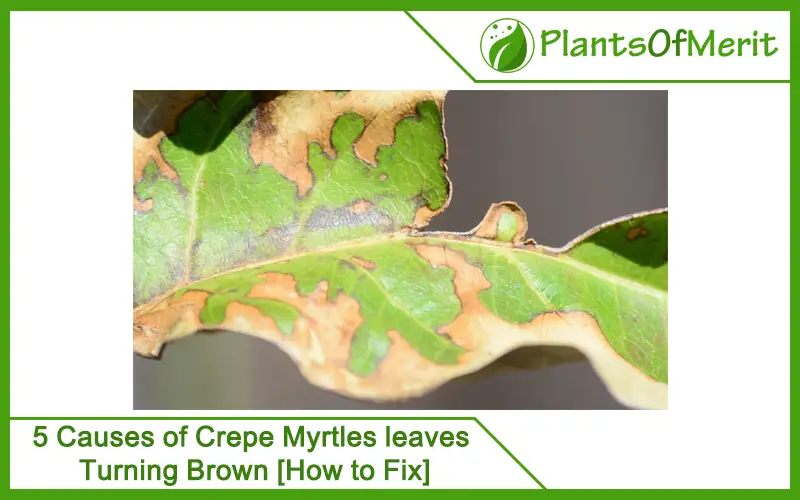Crepe myrtles are a species of flowering plants which are evergreen. They are mostly considered ornamental plants as they produce beautiful flowers. People who love flowering plants often have this plant in their garden. However, the health of a plant is a very important factor to consider. Crepe Myrtles can produce good flowers only if they are in good health.
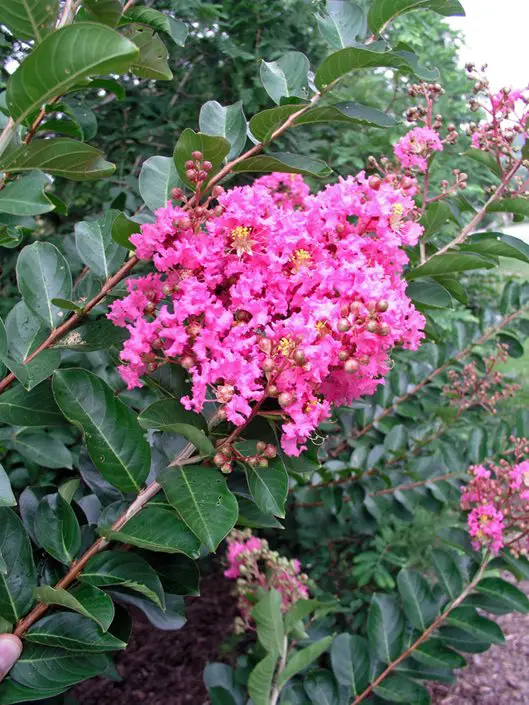
Leaves turning brown is one of the most common symptoms of the poor health of plants. So, if your crepe myrtles are showing brown and crispy leaves, you must know that your plant needs attention. Following are some of the commonly found causes of leaves turning brown in Crepe myrtles. You’ll also find solutions to every cause. So, continue reading ahead:
1. Aphids On Crepe Myrtles
Aphid attacks can be commonly seen in the case of crepe myrtles. They give out honeydew and leaves are coated in it. Thus, the leaves aren’t able to get ample sufficient. They start becoming brown and as a result, they fall off. Honeydew can also carry other fungal problems known as sooty mold. It also leads to the browning of leaves and the development of black spots on the leaves of crepe myrtles.
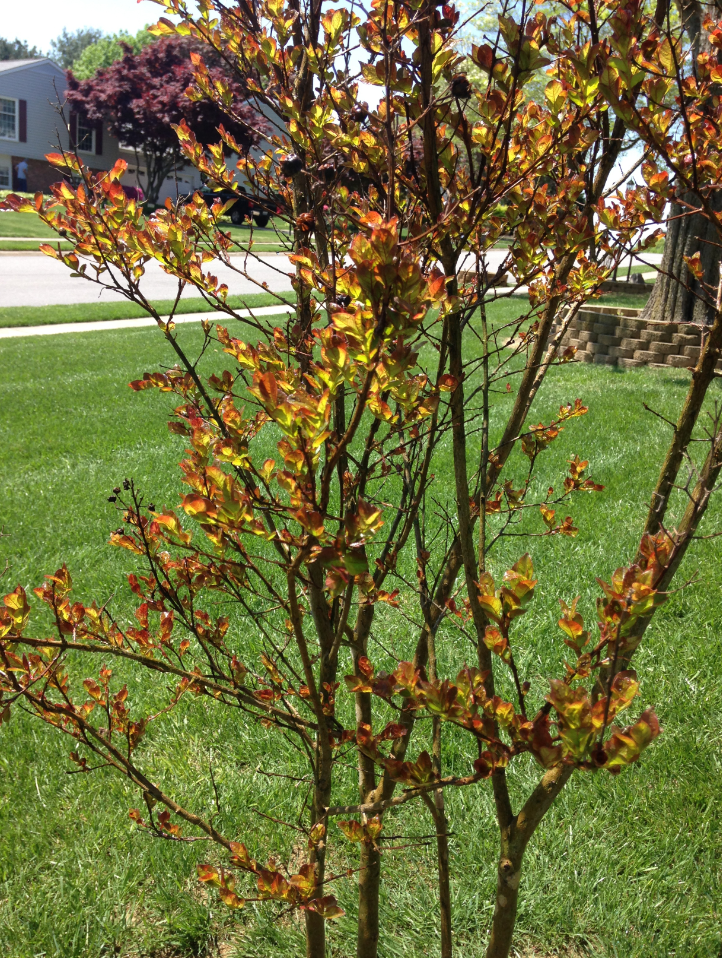
How to fix?
Spray the leaves constantly with ample water in the early morning to get rid of smaller infestations. If there are larger infestations, you must use the best possible insecticide on your crepe myrtles to ensure that their blooming is not affected. If these problems occur frequently, you can spray Neem oil and dormant oil to prevent further damage. Here are the recipes:
- Dormant oil
The ingredients you need for this recipe are 2 tbsp. Liquid soap along with 500 ml vegetable oil or soyabean oil. All you need to do is add soap and cooking oil together. Then, mix it properly. Transfer it into a bottle. Then, take 4 tbsp. of this mixture and mix it with each liter of water. Spray this two times a week. Prevent any contact with the flowering part of the plant.
- Neem oil
In this recipe, you only need 5 tbsp. Neem oil with 10 liters of water. The steps to follow include mixing water and Neem oil. Then, start spraying the solution on leaves regularly. Make sure not to use this spray anytime in the flowering season.
2. Water Stress
Crepe myrtles can be often seen thriving in moisture soil. So, if the soil is not watered sufficiently, it becomes very stressful for them to grow. As an outcome, the leaves of crepe myrtles start appearing brown and fall off. This happens usually in the dry, summer season when there is very little or no rainfall. Watering is very important for crepe myrtles and you must know the right amount of water that is needed. Overwatering can damage your plant. As an outcome, your crepe myrtles won’t be seen blooming.
How to fix?
Water the crepe myrtles only as much as needed. Don’t forget to check the soil using a moisture meter to know how much watering is needed. Water the newly planted crepe myrtles just after you plant them.
3. Cercospora Spots
Cercospora spot is a very severe disease most often seen in Crepe myrtles. It is a huge problem for people staying in very humid regions. It can occur in the later part of the year. The leaves begin with brown spots. These brown spots keep spreading near the end of the leaf. The buds and leaves start to turn yellow. Gradually, they will fall off. Cercospora spots can drastically affect the blooming of Crepe Myrtles.
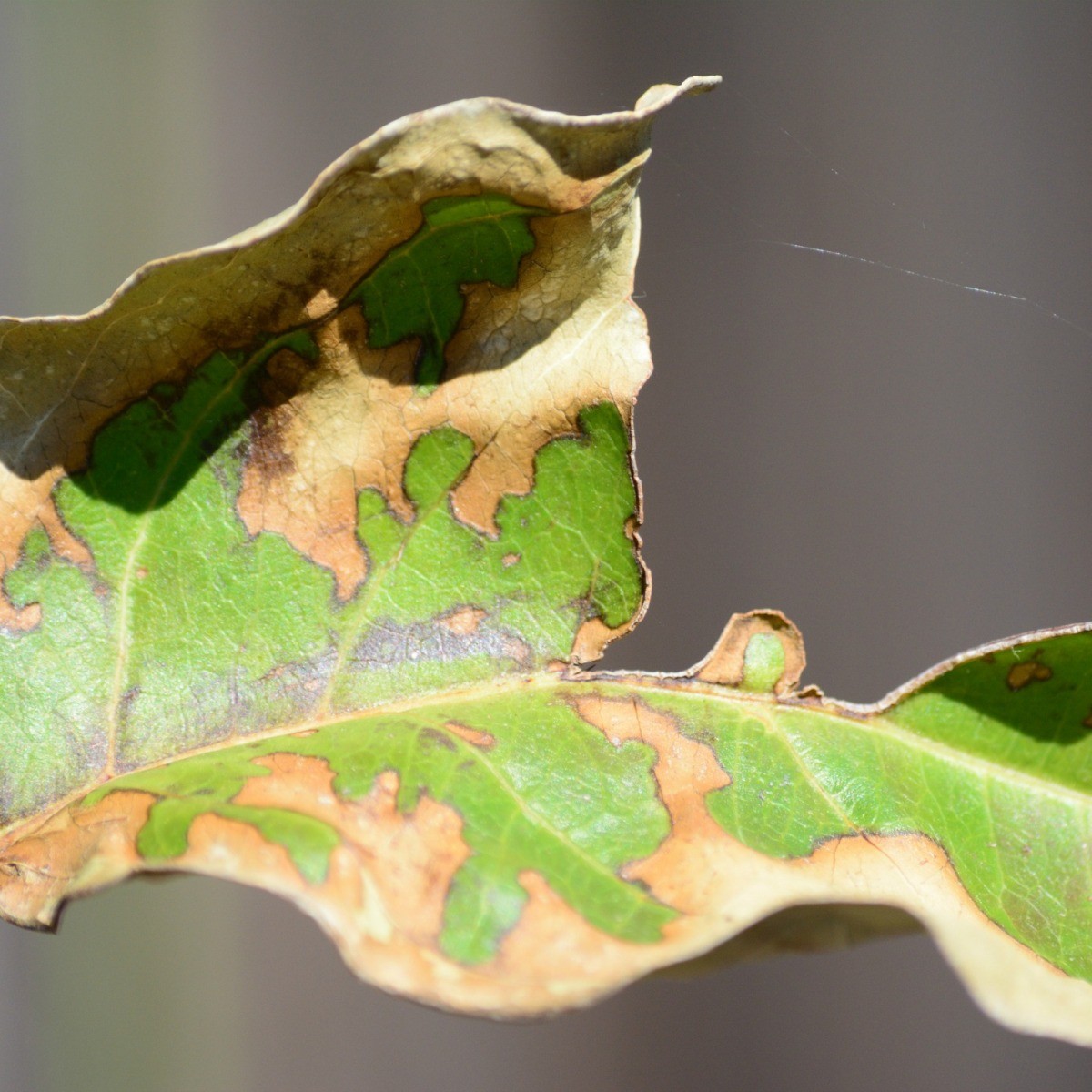
How to fix?
Start by cutting off the infected branches. Prune your crepe myrtles before the arrival of spring for food airflow. You can also plant Cercospora spot-resistant types of Crepe Myrtles. Here are some very easy recipes you can try to remove the Cercospora spot from your crepe myrtles:
- Cinnamon Spray
To prepare this recipe, you need 2 tbsp. Cinnamon powder and 1-liter water. Mix the ingredients properly and let the solution rest for a night. Then, use a soft cloth to strain and pour the mixture into the sprayer. Spray on both sides of these leaves.
- Copper Spray
The ingredients needed for this recipe are 60 ml copper sulfate, 1 gallon of water, and 10 tbsp. Calcium hydroxide. Start by mixing hydrated lime and water in a plastic bucket. Don’t use a metal bucket as the ingredients may react with metal. Use a plastic spoon to stir the mixture slowly. Add copper sulfate to the mixture. Start spraying this solution on the leaves of your crepe myrtles plant.
4. Very low temperature
Crepe Myrtles are such a plant species that can’t tolerate too much cold. Very low temperatures can make the leaves crispy and brown. They can also fall off their branch.
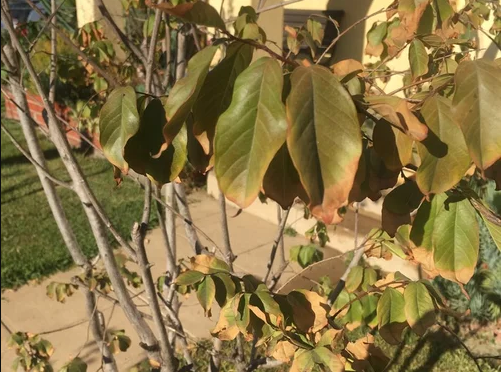
How to fix?
For this problem, there is not much that can be done. Continue watering the plants very less during the winter season. Also, don’t use fertilizer during this season. The spring season will bring along fresh, green leaves and flowers.
5. Fertilizer burn
Using large amounts of fertilizer can sometimes cause the leaves to burn and become brown. If there are many nutrients within the soil, the roots fail to intake them as required. This leads to a lack of nutrients in the plant and they start looking brown and yellow.
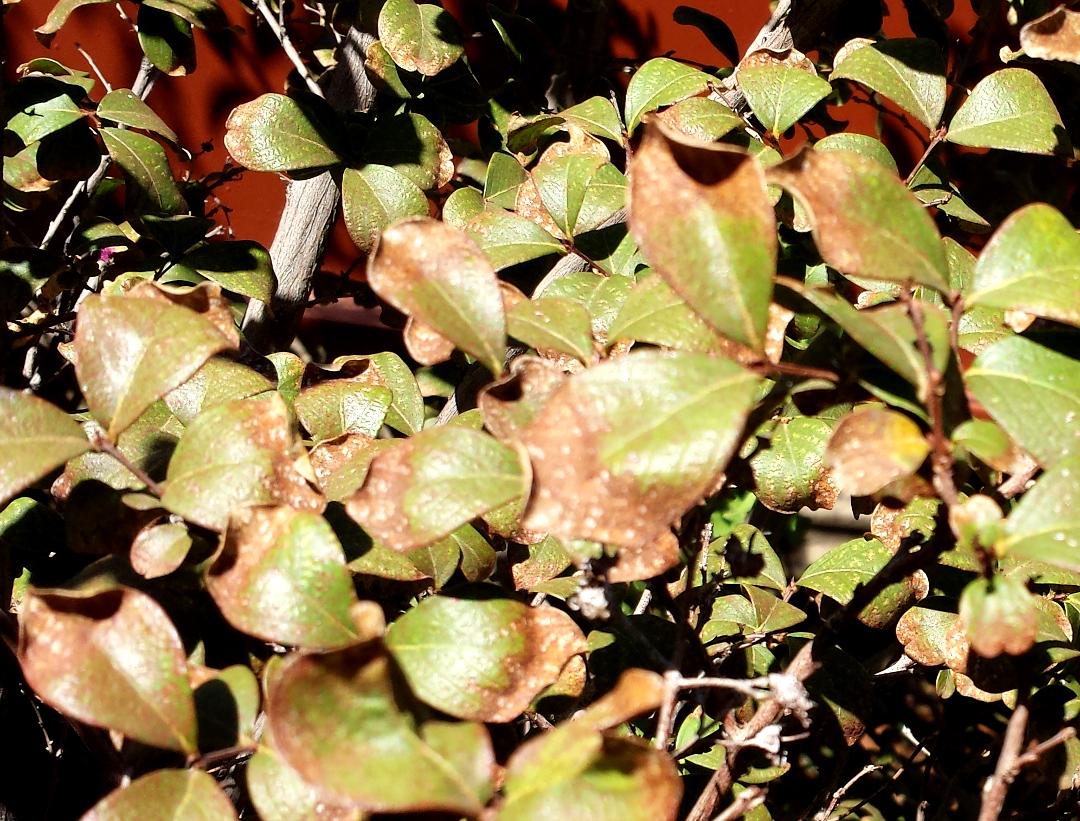
How to fix?
You shouldn’t add over nutrients to the soil as Crepe Myrtles don’t need too much Nitrogen. However, they do need ample phosphorus and potassium for proper flowering.
Conclusion
Mentioned above are some of the most commonly found causes of crepe myrtles leaves turning brown. If you notice such color change in the leaves of your Crepe myrtles, just know that the cause is anyone out of these. Once you’re able to find the cause, don’t forget to apply the right solution to get rid of that cause. All the causes have been mentioned with their respective solutions so you can easily find what’s suited for your plant.

